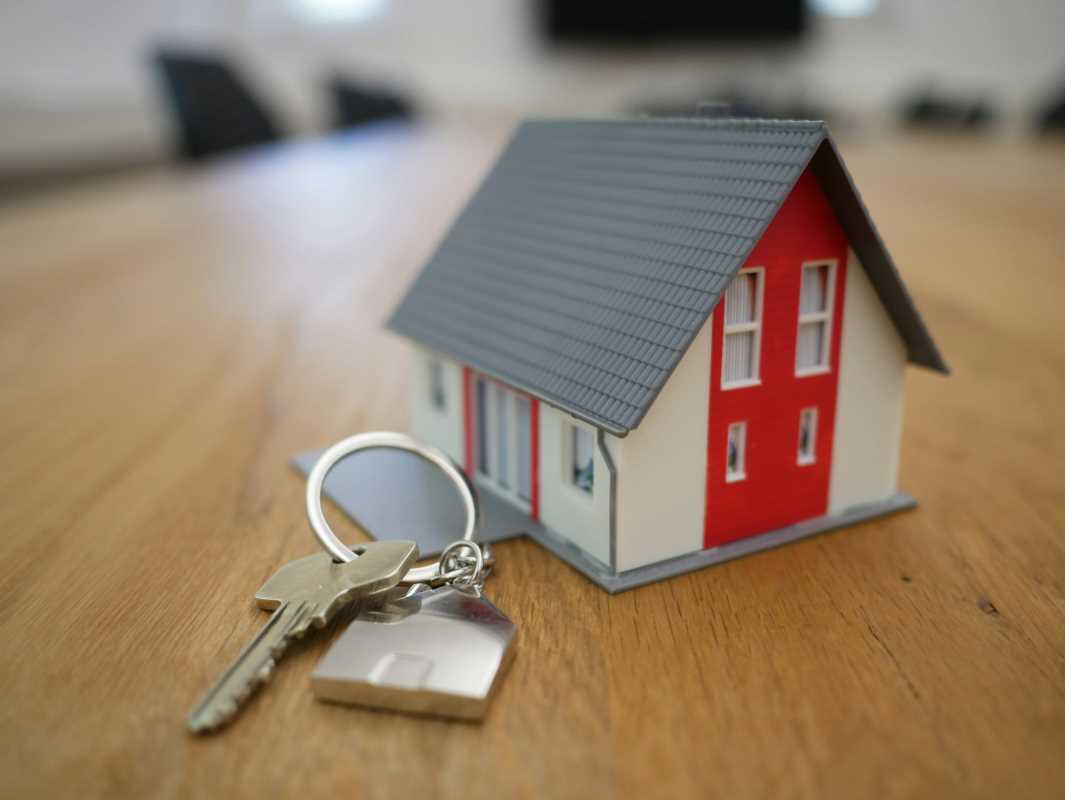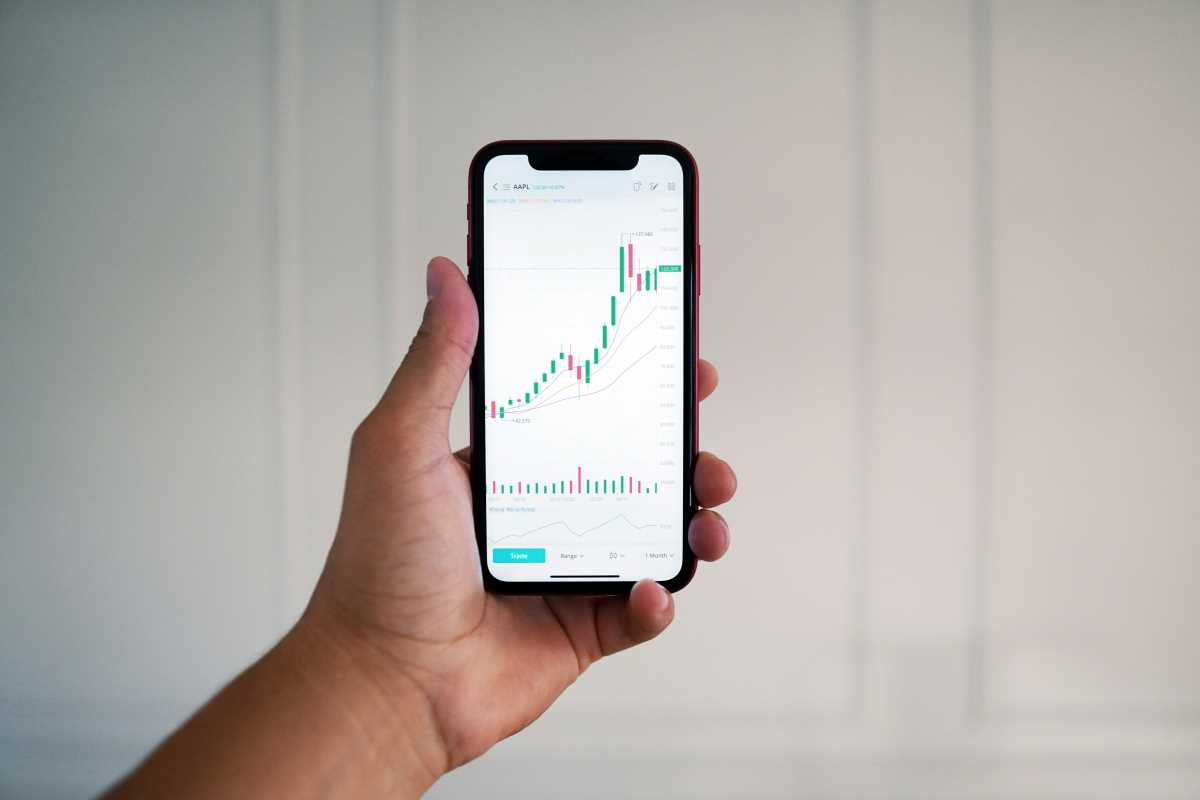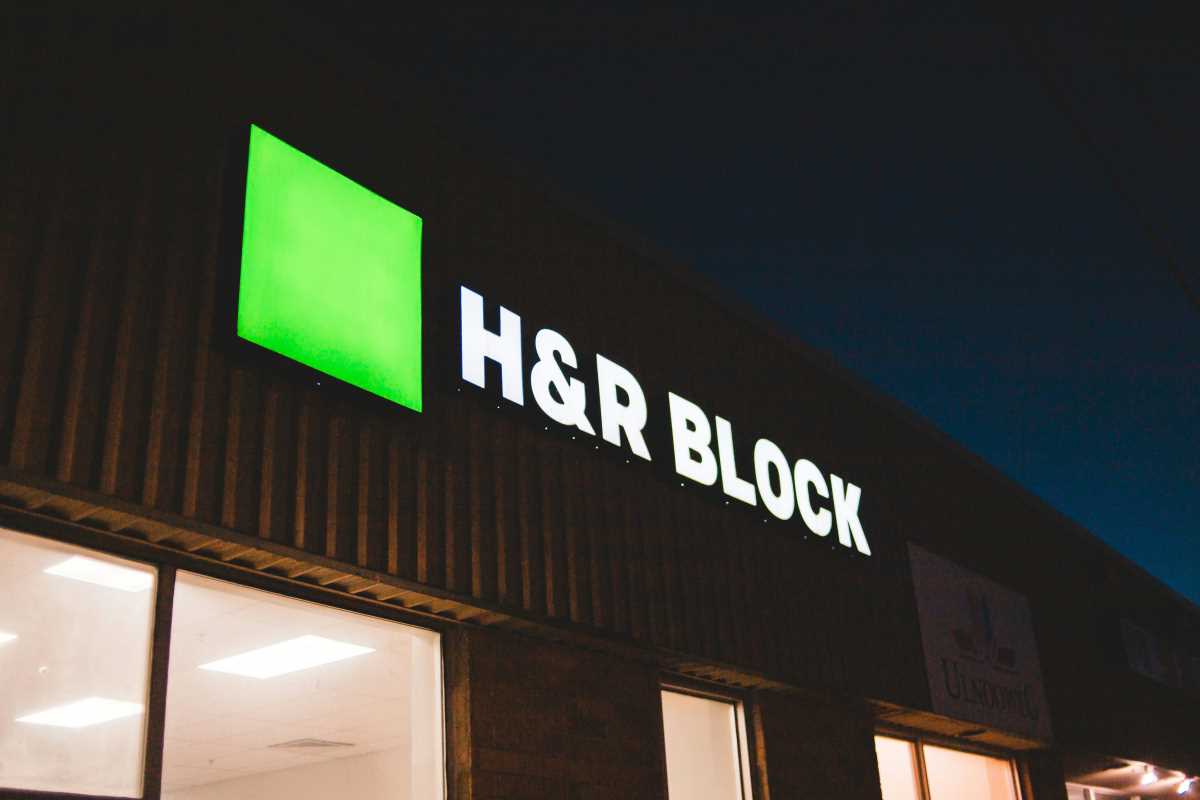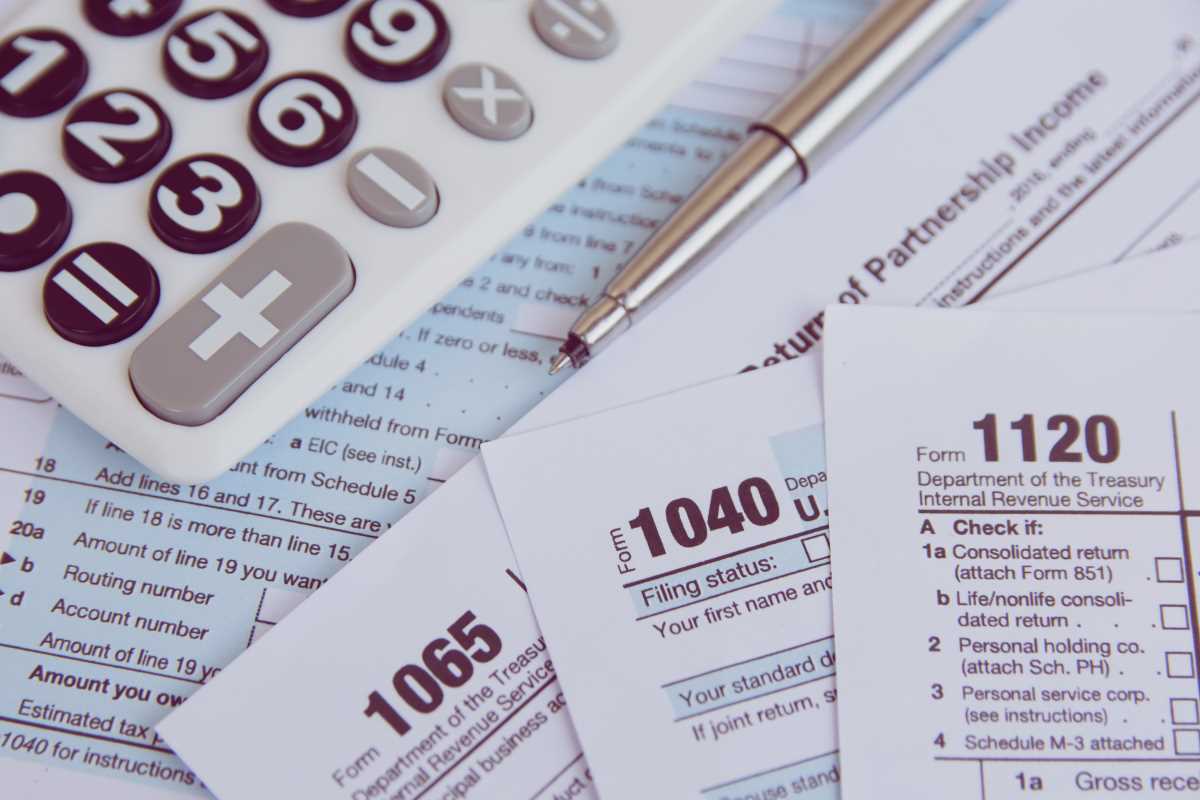Making your home more energy-efficient can save you money on utility bills, improve your property value, and reduce your environmental impact. Unfortunately, undertaking such improvements often comes with a hefty price tag. That’s where green energy loans can help. Designed to finance eco-friendly upgrades, these loans make it easier for homeowners to afford energy-saving projects. Whether you’re adding solar panels, upgrading your HVAC system, or improving insulation, these loans provide financial flexibility. It’s important to know that not all green energy loans are created equal, and their availability depends on factors like location, project type, and lender. We’ll explain what green energy loans are, outline their benefits, explore common projects they cover, and highlight how to pick the best loan provider for your needs.
What Are Green Energy Loans?
Green energy loans are financing options intended for eco-friendly home improvements. Unlike traditional loans, these are specifically geared toward projects that reduce energy consumption or support renewable energy. They may come with competitive interest rates or additional incentives to promote environmental sustainability.
Many green energy loans are closely tied to certain criteria. They can be secured or unsecured, and most lenders require the loan to be used exclusively for environmentally beneficial upgrades, such as installing ENERGY STAR-certified windows or solar panels.
It’s also important to note that not all lenders brand their products as "green energy loans." Some providers, like LightStream, may offer general-purpose home improvement loans, which can still fund energy-efficient projects.
Benefits of Green Energy Loans
Homeowners stand to benefit in multiple ways when they invest in energy-efficient upgrades with financing.
1. Energy Cost Savings
Many eco-friendly home projects, such as installing solar panels, lead to lower utility bills over time. Some studies suggest these upgrades can save households thousands of dollars over their lifespan. Green energy loans allow homeowners to access these savings without paying the full cost upfront.
2. Environmental Benefits
By reducing energy use, implementing water-saving systems, or transitioning to renewable power sources, you directly contribute to environmental conservation and lower carbon emissions.
3. Enhanced Home Value
Energy-efficient features, such as LED lighting, upgraded insulation, or high-efficiency HVAC systems, can make your home more appealing to potential buyers. Studies have shown that eco-friendly homes often sell for a higher price compared to non-efficient houses.
4. Tax Incentives
Certain green energy projects may qualify for federal, state, or local tax benefits. For instance, solar panel installations can earn you significant federal tax credits.
5. Flexible Repayment Options
Depending on the provider, some green loans offer extended repayment terms and fixed interest rates, allowing you to spread out costs affordably.
Common Green Energy Home Improvement Projects
Not all home improvements qualify for green energy loans. Generally, these loans cover projects that improve energy efficiency, reduce water waste, or promote renewable energy. Here are examples of commonly eligible projects:
1. Solar Energy Installations
Solar panels and energy storage systems are popular upgrades for green loans. These systems allow homeowners to generate renewable electricity, reducing reliance on grid power.
2. Efficient HVAC Systems
Replacing outdated heating and cooling systems with energy-efficient models can drastically cut energy use while improving indoor comfort.
3. Energy-Saving Windows and Doors
Installing ENERGY STAR-certified windows and insulated doors helps reduce heat loss, improving your home’s energy efficiency.
4. Insulation and Air Sealing
Upgraded insulation in walls, attics, and basements prevents temperature fluctuations, decreasing the need for constant heating or cooling.
5. Smart Technologies
Green loans often cover installations of programmable thermostats, smart lighting systems, and home energy monitoring devices.
6. Water Conservation Projects
Projects like low-flow toilets, drought-resistant landscaping, and water-efficient irrigation systems are eligible under some green loan programs.
Examples of Green Energy Loan Providers
While there are many financing options, it’s essential to understand what each provider offers so you can make an educated choice. Below are a few well-known green loan providers and programs.
1. PACE Financing (Property Assessed Clean Energy)
PACE programs allow homeowners to finance energy-efficient upgrades, renewable energy systems, and even resiliency improvements like hurricane-resistant shutters. These loans are repaid through an additional charge on your property tax bill. PACE availability is highly location-dependent and requires local government participation. For example, California and Florida are leading states where PACE is actively offered.
2. LightStream
Though not marketed exclusively as green loans, LightStream’s home improvement loans can be used for energy-efficient upgrades. Borrowers with good credit may benefit from low interest rates, large loan amounts, and fast approval.
3. Energy Efficient Mortgages (EEMs)
Government-backed programs like FHA and VA loans offer Energy Efficient Mortgages. These allow homeowners or homebuyers to roll the cost of certain energy-efficient improvements into their primary mortgage. Eligibility is subject to specific guidelines and the loan must be used for pre-approved upgrades.
4. Mosaic
Mosaic focuses exclusively on solar energy projects. They offer financing for installing solar panels and related equipment with no upfront costs, making solar a more accessible option for households.
5. Local Credit Unions
Many credit unions provide green loans tailored to their communities. These often come with competitive rates for members and support renewable energy and energy-efficient upgrades.
How to Choose the Right Loan Provider
Choosing the right green energy loan provider is essential for successful project financing. Here are some steps to guide your decision:
1. Evaluate Your Project Goals
Identify the details of your project and determine which upgrades you want to prioritize. Knowing these specifics will help you find providers that align with your needs.
2. Research Provider Options
Different lenders have unique qualifications, loan terms, and geographic offerings. For example, PACE may only be accessible in specific states, and Mosaic is limited to solar projects.
3. Compare Terms and Incentives
Compare factors like interest rates, loan amounts, repayment options, and any available tax credits or rebates. Some providers, like LightStream, offer low rates for high-credit borrowers, while others, like PACE, offer extended terms.
4. Understand Approval Criteria
Certain loans may have strict credit score or equity requirements. Programs like PACE base eligibility on your home’s value and property tax history rather than credit scores. LightStream may favor individuals with excellent credit.
5. Seek Recommendations and Reviews
Research reviews of loan providers and seek advice from contractors or fellow homeowners who have used these programs. Their insights can help you make an informed choice.
Be sure to explore all available providers, understand the requirements, and choose the loan that best suits your project's goals and financial situation. With careful planning, going green at home can be both impactful and affordable.
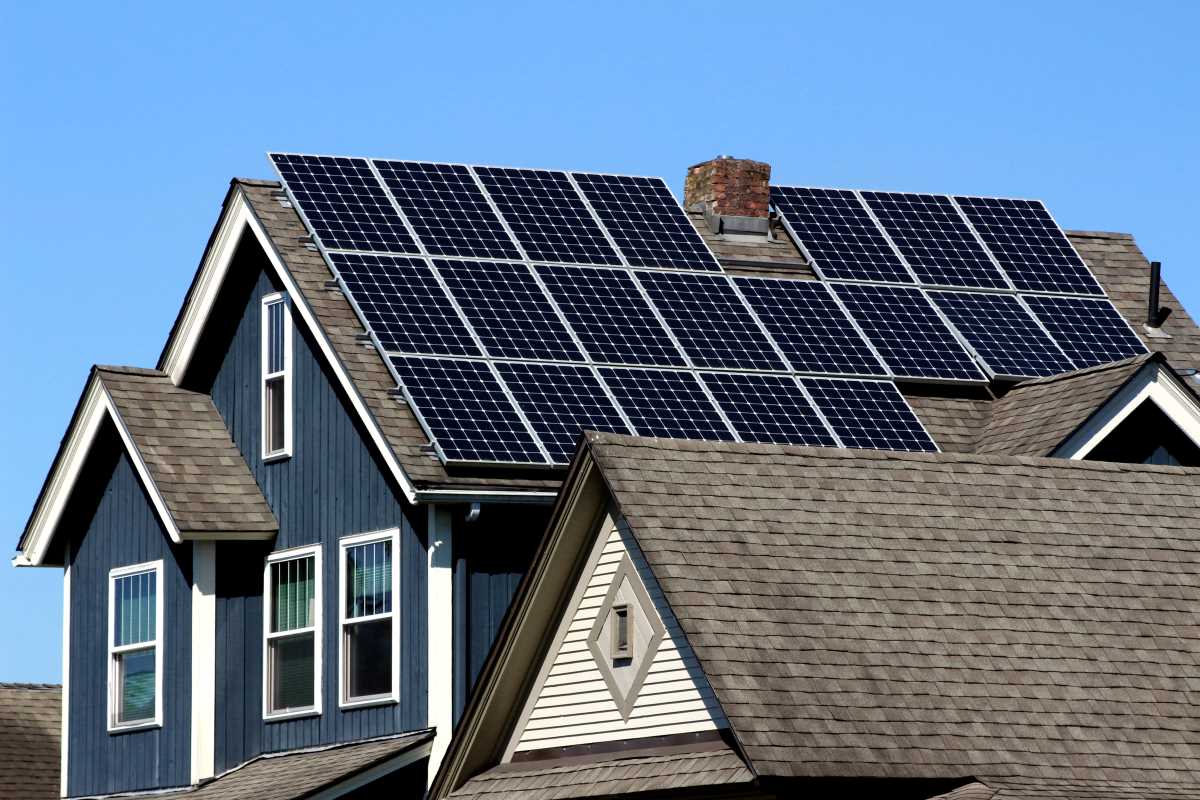 (Image via
(Image via
